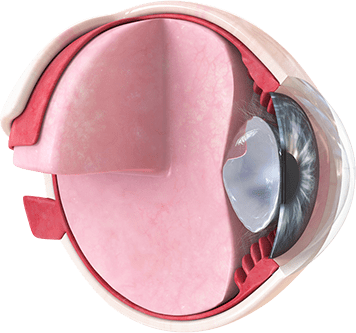About 1% of the world population suffers from glaucoma. Every day, the disease causes blindness in several dozen people. In many countries, lack of public awareness and delay in seeing a specialist result in a high rate of disability. The glaucoma morbidity rate is increasing gradually in all countries without exception.
Open-angle glaucoma is one of two main forms of glaucoma. It is the most common form of the disease, accounting for about 90% of all cases. The angle-closure form, in contrast, is a relatively rare pathology encountered mainly in people with pronounced long-sightedness. In this case, intraocular fluid circulation is disrupted by clogging in the angle of the anterior chamber resulting from a spastic displacement of the root of the iris membrane.




